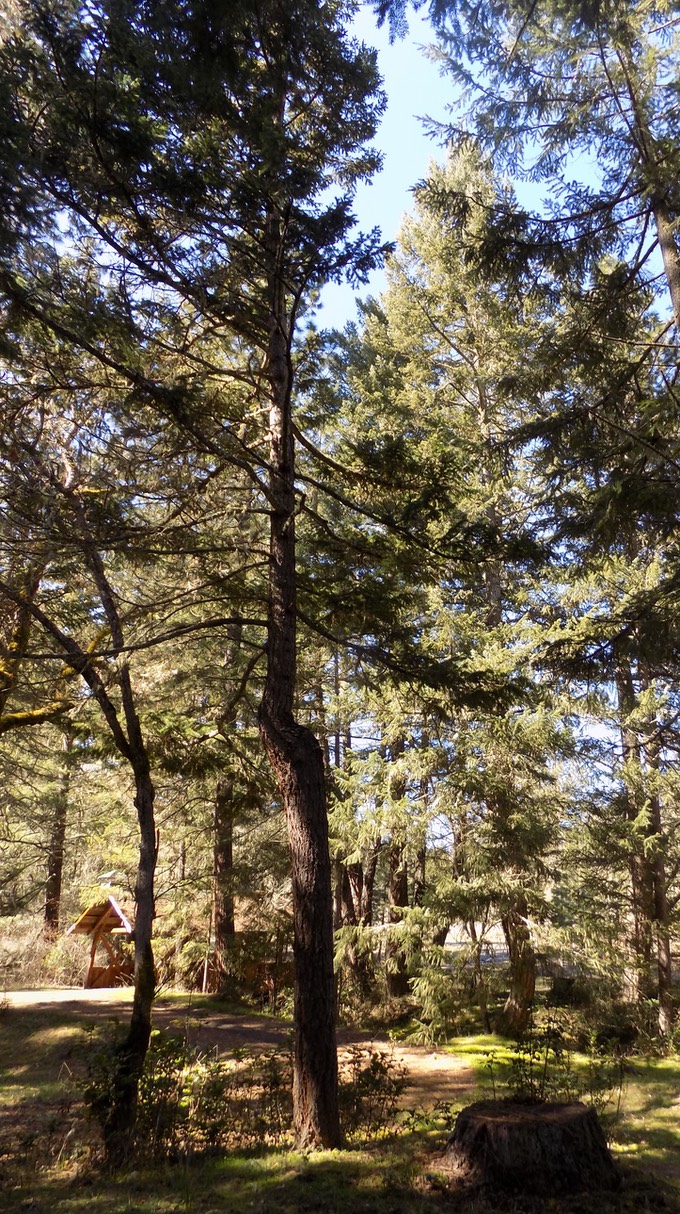Once you start thinking in terms of processes rather than objects, a whole new world of understanding opens up. Here’s a trivial example: sideburns
This semi-beard has been in fashion for many years, but how did it get that name? The “side” part makes sense, but who in the world calls a beard, or any kind of hair, a “burn”?
The answer is that “burn” doesn’t mean anything, and, in this case, neither does “side”. The real reason for the word is this man:
This is General Ambrose Burnside, the most fabulously incompetent general in American history. He commanded Union forces during the Civil War, and managed to slaughter thousands of his soldiers in idiotic attacks at the wrong time — and he missed whatever opportunities for victory chance happend to throw in front of him. His beard, unconventional in America at the time, inspired his soldiers to call that beard a “burnside”. But for some reason, the syllables got switched around and now we call this a “sideburn”.
This little morsel doesn’t open up any vistas of cogitative glory, but it introduces you the concept. Let’s take this concept a bit further, while still remaining within the field of linguistics.
Gn: the parent of many words
Have you ever noticed the similarity of these words:
Gender, genitive, generation, genesis, genitals, miscegenation, regeneration, progenitor, indigenous, homogenous.
You should have little problem figuring out the meaning of that syllable “gen”. It has something to do with creating things, especially babies. But how about “gentleman”? Is a “gentleman” somebody who makes babies? No; it turns out the “gentleman” comes from “gentle”, which originally meant something like “born in the family”. It was only applied to families that mattered, i.e., noble families. So a member of a noble family was either a “gentleman” or a “gentlewoman”.
But it goes much further than that. You see, the syllable “gen” comes from the ancient Indo-European language, the parent of all modern European languages. Back then, however, it was just “gn”, and it had two basic meanings: to know and to beget. As languages separated and evolved, the Germanic language (and old English is a Germanic language) changed the “g” to a “k”. That’s how we got the word “know”. It’s just a descendent of “gen”. Another English word showing the same relationship is “kin”.
As words evolve, consonants tend to be preserved better than vowels. When a consonant does change, it always changes into a closely related consonant. “K” is closely related to “g”. Try pronouncing them. But with vowel changes, “kin” begat “kun”. And “kun” ended up describing rabbits, who are prolific baby-bearers: cunny. It also ended up applying to female anatomy, giving us both “cunt” and “cunnilingus”. “Kin” also gave us “kindle”, which originally mean something like “begat”, but now is restricted to fires. You can even find that meaning in the word “ignite”.
I could go on and on about how that one Indo-European word has put its seed into many of its descendents. The important point here is that, by understanding the process of linguistic transformation, a great many words become more understandable.
Tree
OK, let’s take it up another notch; let’s get into the physical world. Here’s a photo I just took of a tree on my land:

There are two minor oddities about this tree — do you see them? The first is that it’s bent. The trunk bends to the side, then resumes its vertical climb. The second is that there are no branches on one side. If you look at this tree as an object, then you simply note the oddities, but you don’t understand anything more than that. But if you think in terms of the process by which the tree has grown, you can explain both oddities.
The bend is not uncommon; it shows up in trees that have had their top broken off while young. The fact that the lower section of the trunk is wider than the upper section tells you that the tree was already moderately large when it was broken. The fact that the tree has grown moderately well since then tells us that the breakage happened decades ago.
The lack of branches on one side is explained by the tree stump in the right lower corner. It’s a big stump, meaning that it supported a big tree. So our tree grew up next to the Big Guy, whose branches covered up and killed any branches from the smaller tree. Then the big tree was cut down (it was hit by lightning) and now the little guy has room to grow.
The point of this example is that you can understand more if you think in terms of the processes that operated in the past.
Human Evolution
Now we get to the true subject of this lesson: understanding the human mind. At this point, I have a huge assignment for you: read my online book, The History of Thinking. It’s very long: 66 web pages, each about as long as this one. This is a big task; we may have to break this lesson into two parts.
